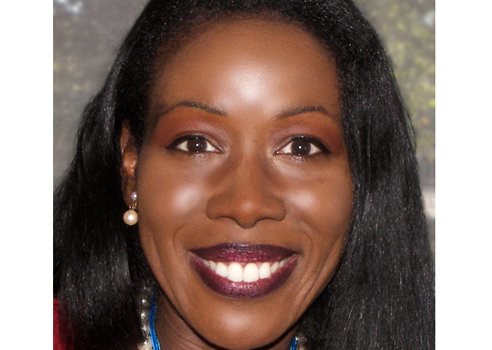Reading time: About 1 minute
I like to share interesting pieces of figurative language I encounter in my reading. I write today about similes and metaphors from Isabel Wilkerson….
Isabel Wilkerson is an American journalist and the first woman of African-American heritage to win the Pulitzer Prize in journalism in 1994. She is also the author of Caste: The Origins of Our Discontents, one of the most remarkable books I’ve read this year.
Her convincing argument is that racial stratification in the United States is best understood as a caste system, similar to those in India (Untouchables or Dalits vs the Brahmins) and Nazi Germany (Nazis vs the Jews and other targetted groups). The evidence she marshals in the book is breathtaking and her use of figurative language is exhilarating.
Wilkerson defines eight pillars that underlie caste systems across civilizations, including divine will, heredity, and dehumanization. She writes: “Modern-day caste protocols, are often less about overt attacks or conscious hostility. They are like the wind, powerful enough to knock you down but invisible as they go about their work.”
Here are my favourite examples:
- As we go about our daily lives, caste is the wordless usher in a darkened theater, flashlight cast down in the aisles, guiding us to our assigned seats for a performance.
- In American, race is the primary tool and the visible decoy, the front man, for caste.
- Caste is the bones, race the skin.
- Newcomers learn to vie for the good favor of the dominant caste and to distance themselves from the bottom-dwellers, as if everyone were in the grip of an invisible playwright.
- He had defied his caste from on high and I, from below, and we had met at this moment in London at our own Maginot line of equality, standing on different sides of the same quest…
My thanks to reader Richard Pelletier and friend Heather Louie who brought this book to my attention.
[Photo credit: ©2010 Larry D. Moore. Cropped. Licensed under the Creative Commons Attribution 4.0 International license.]


